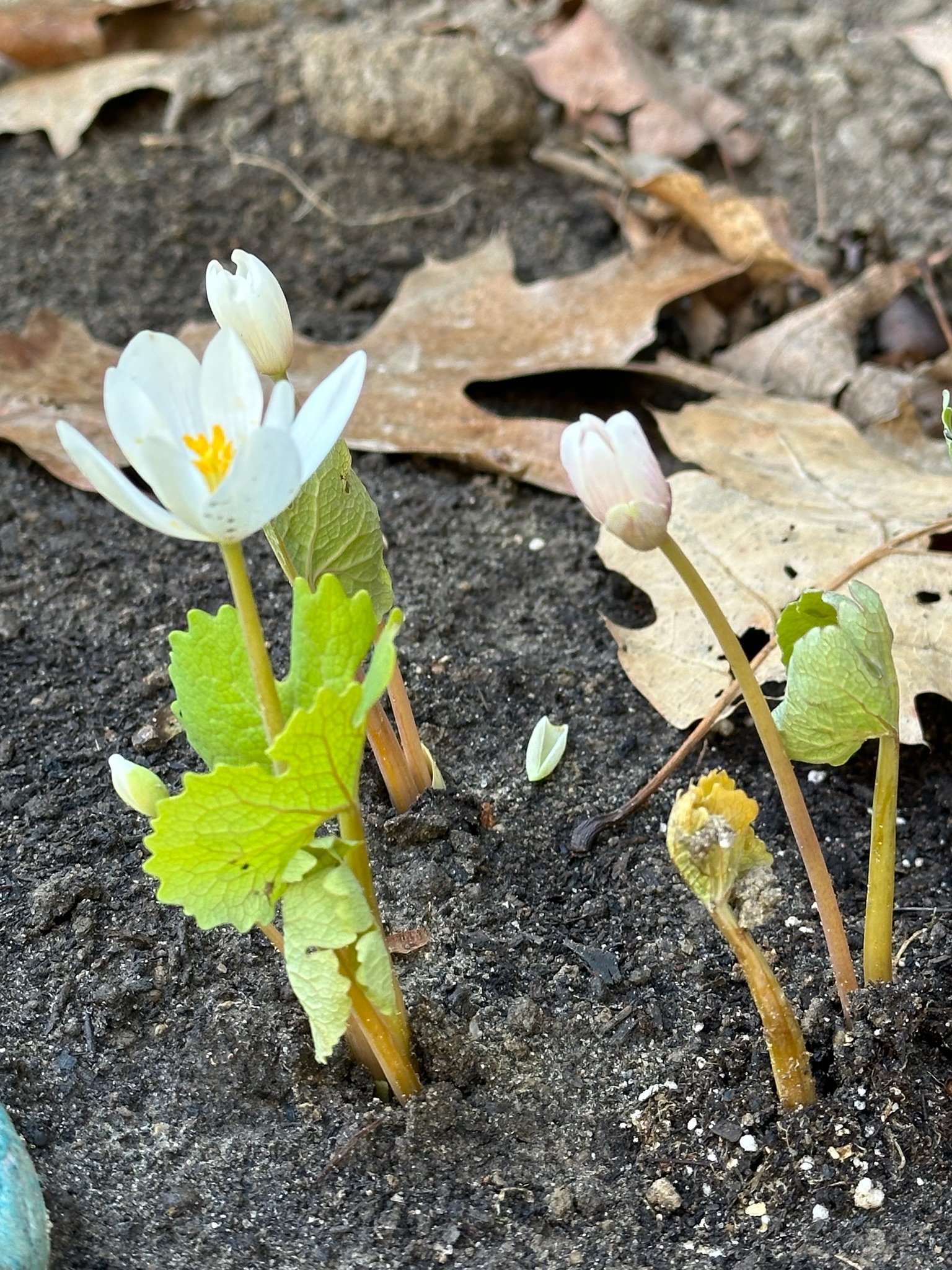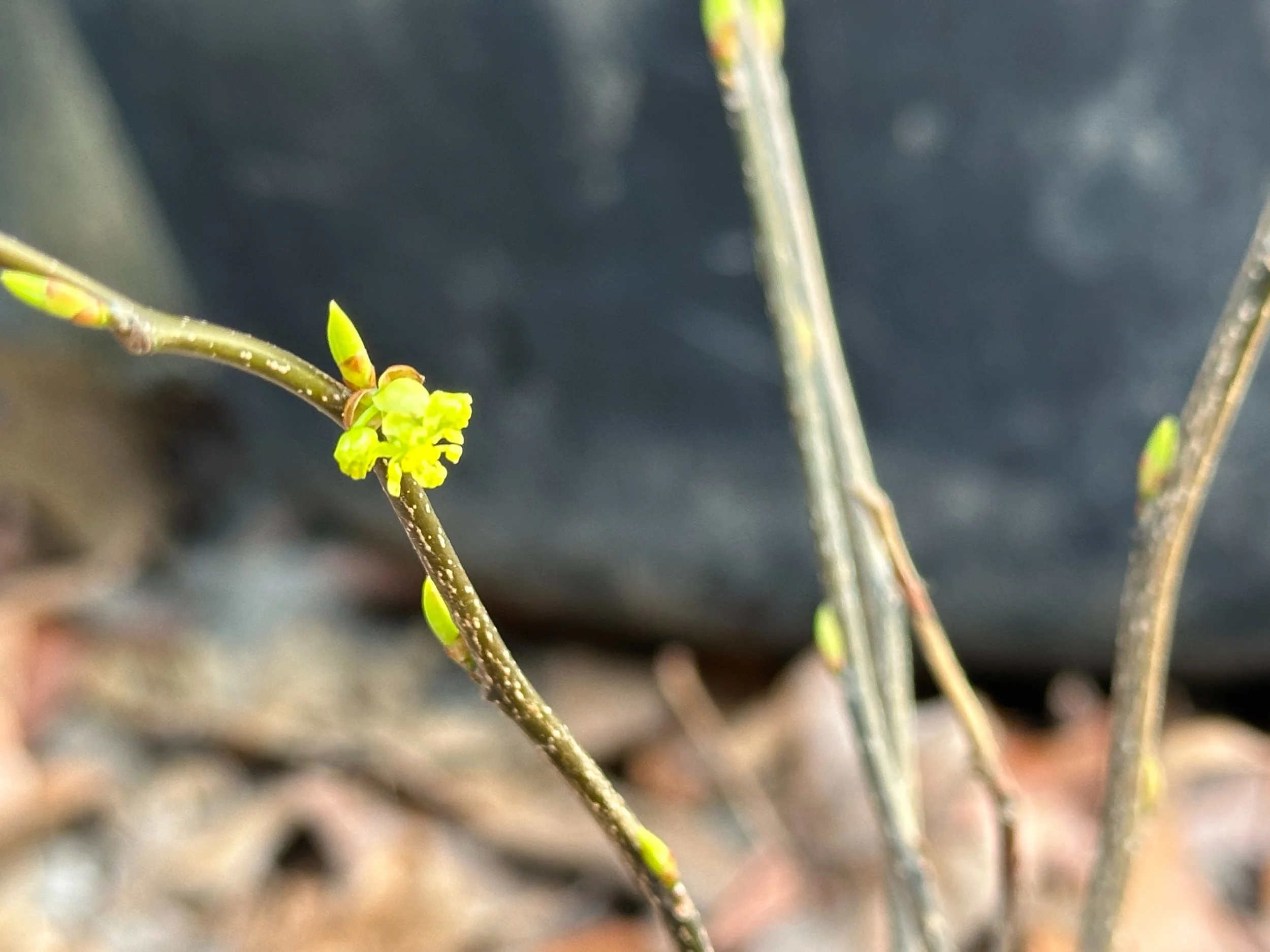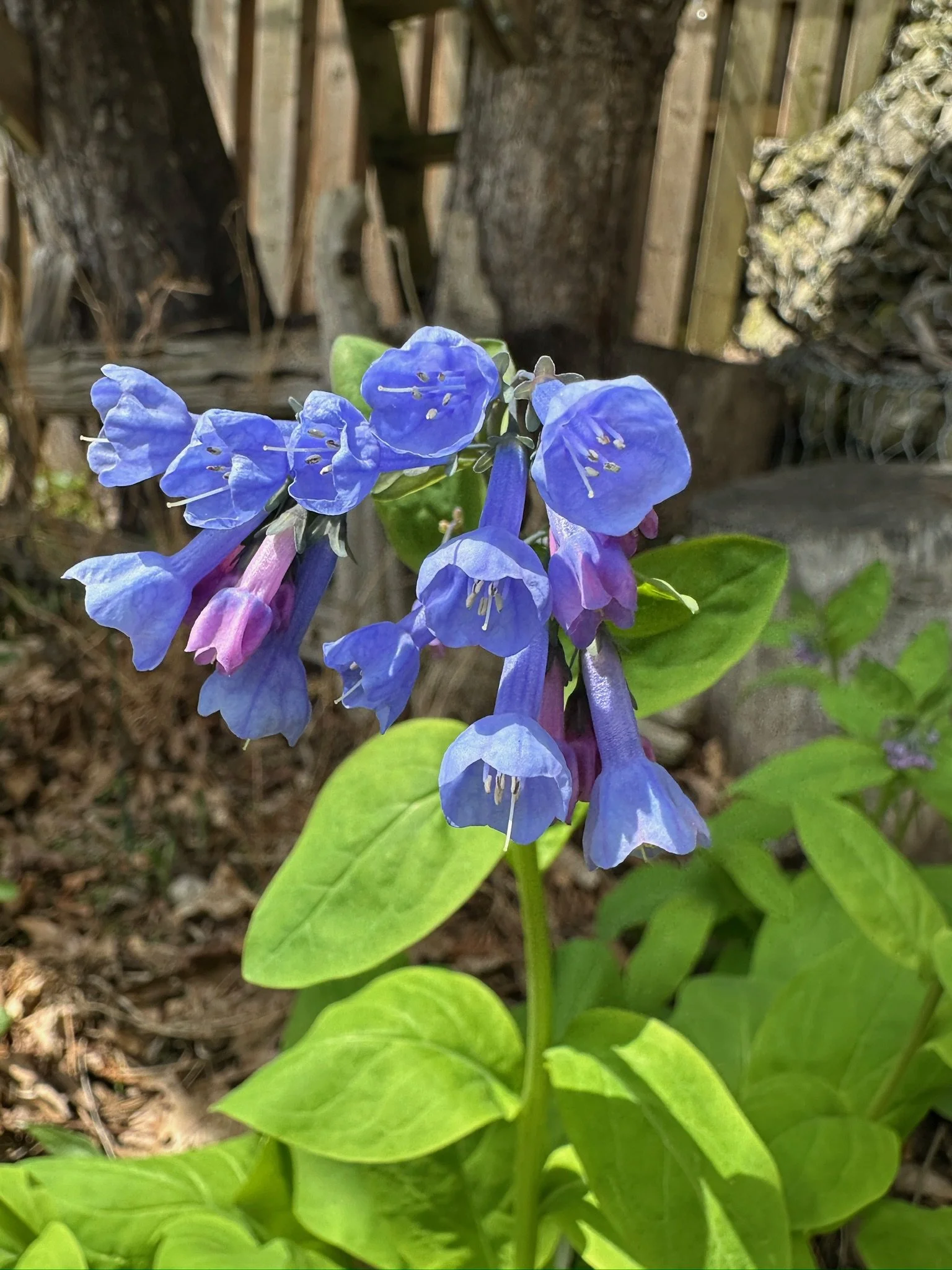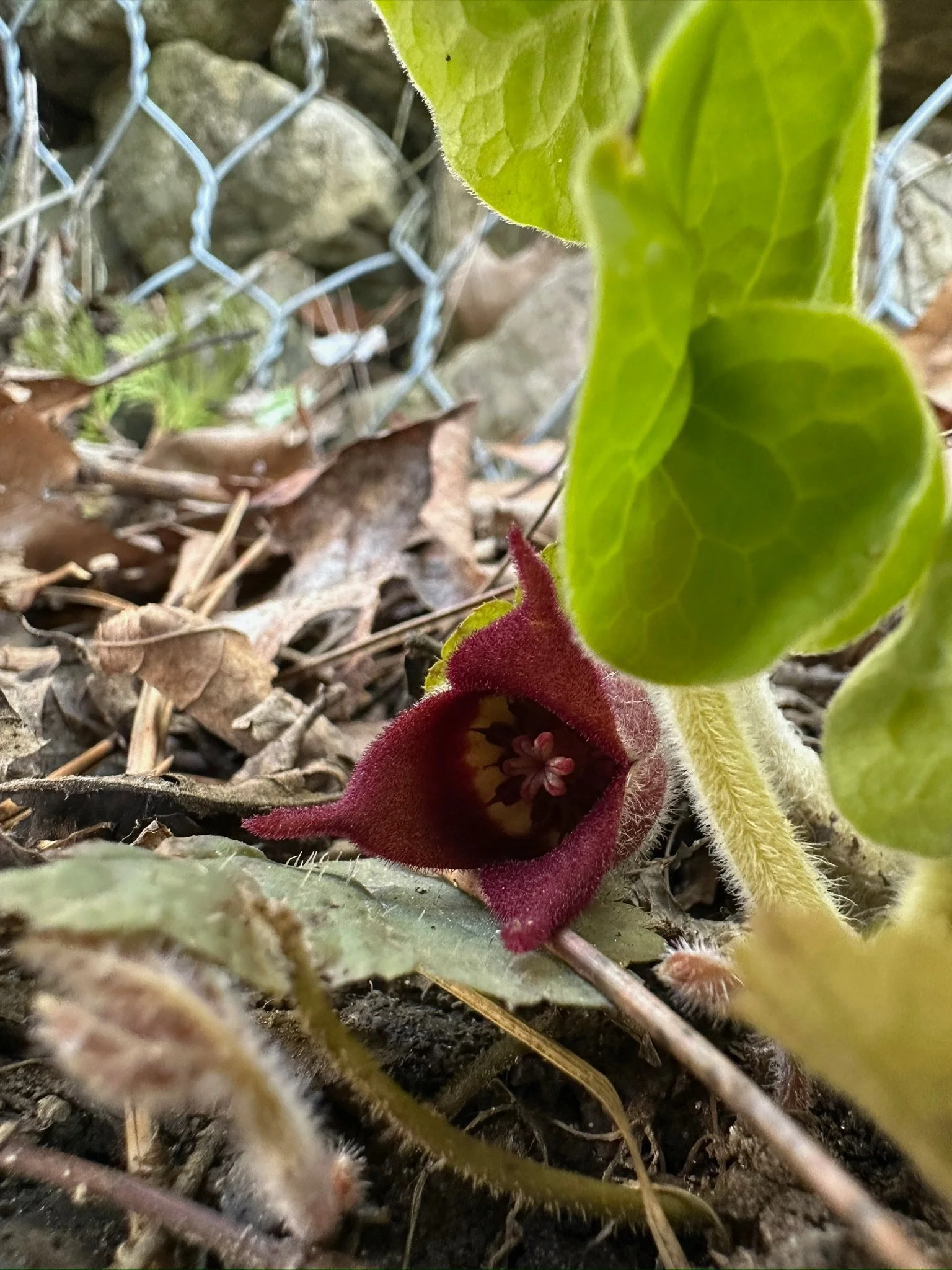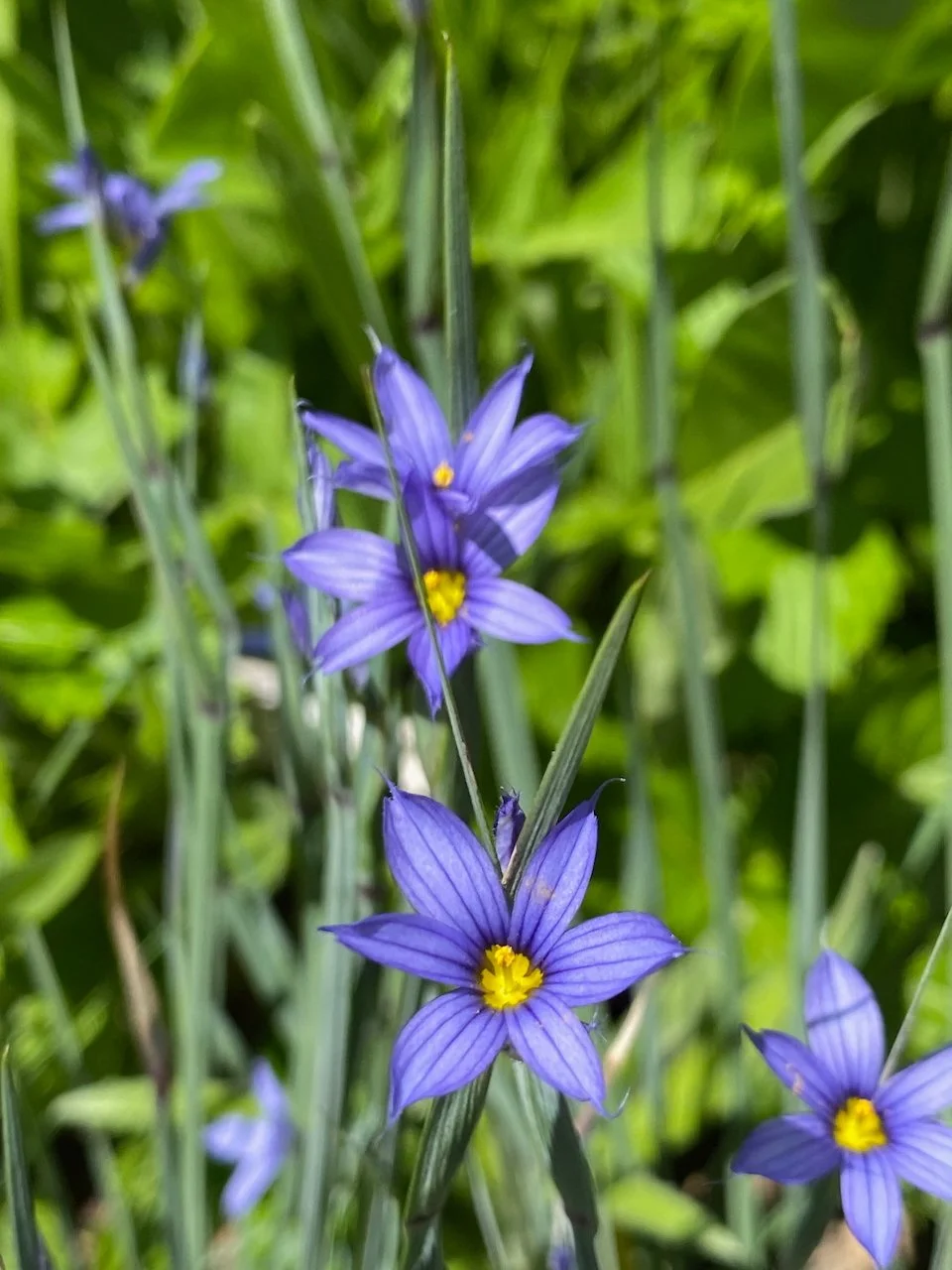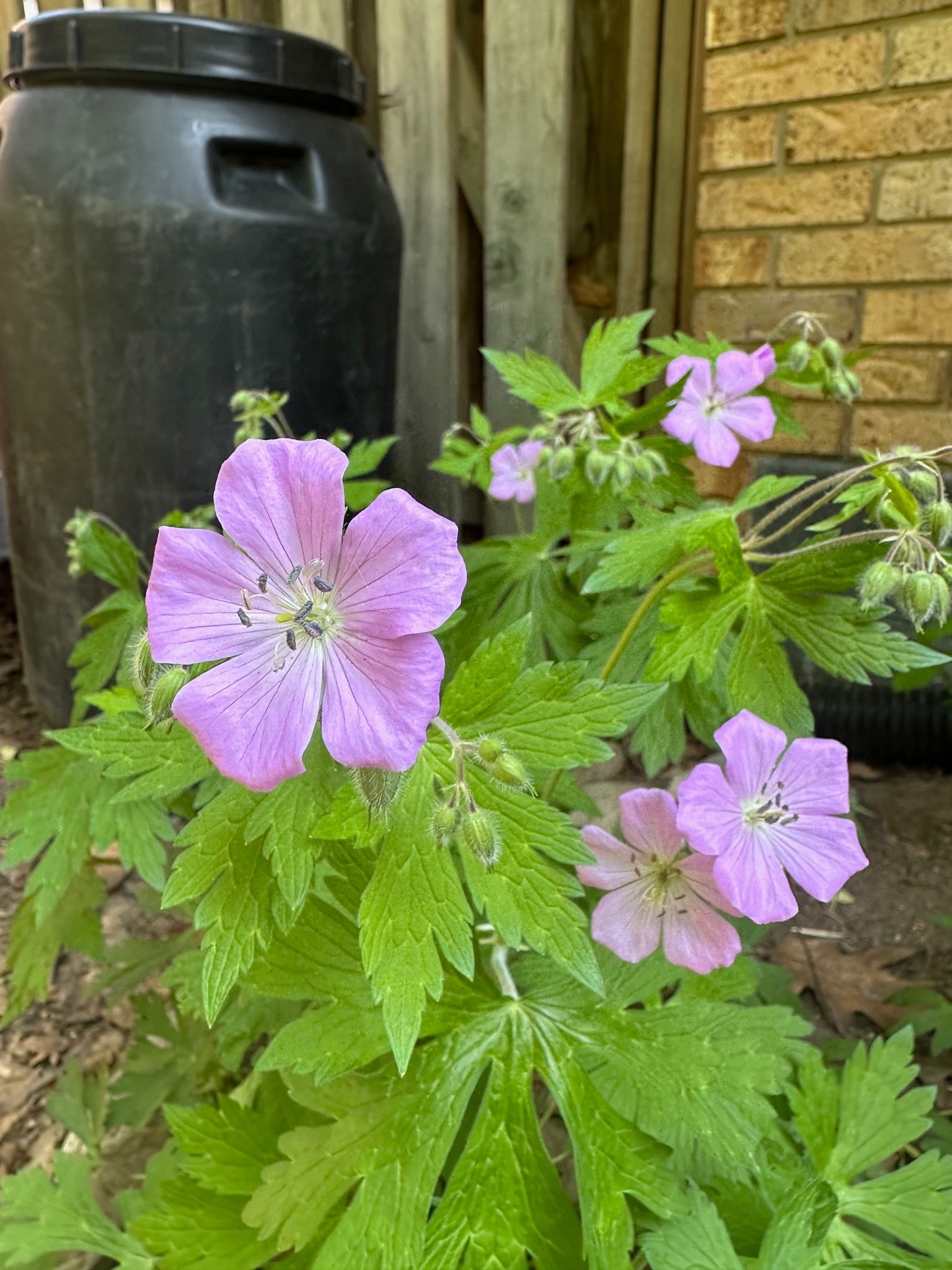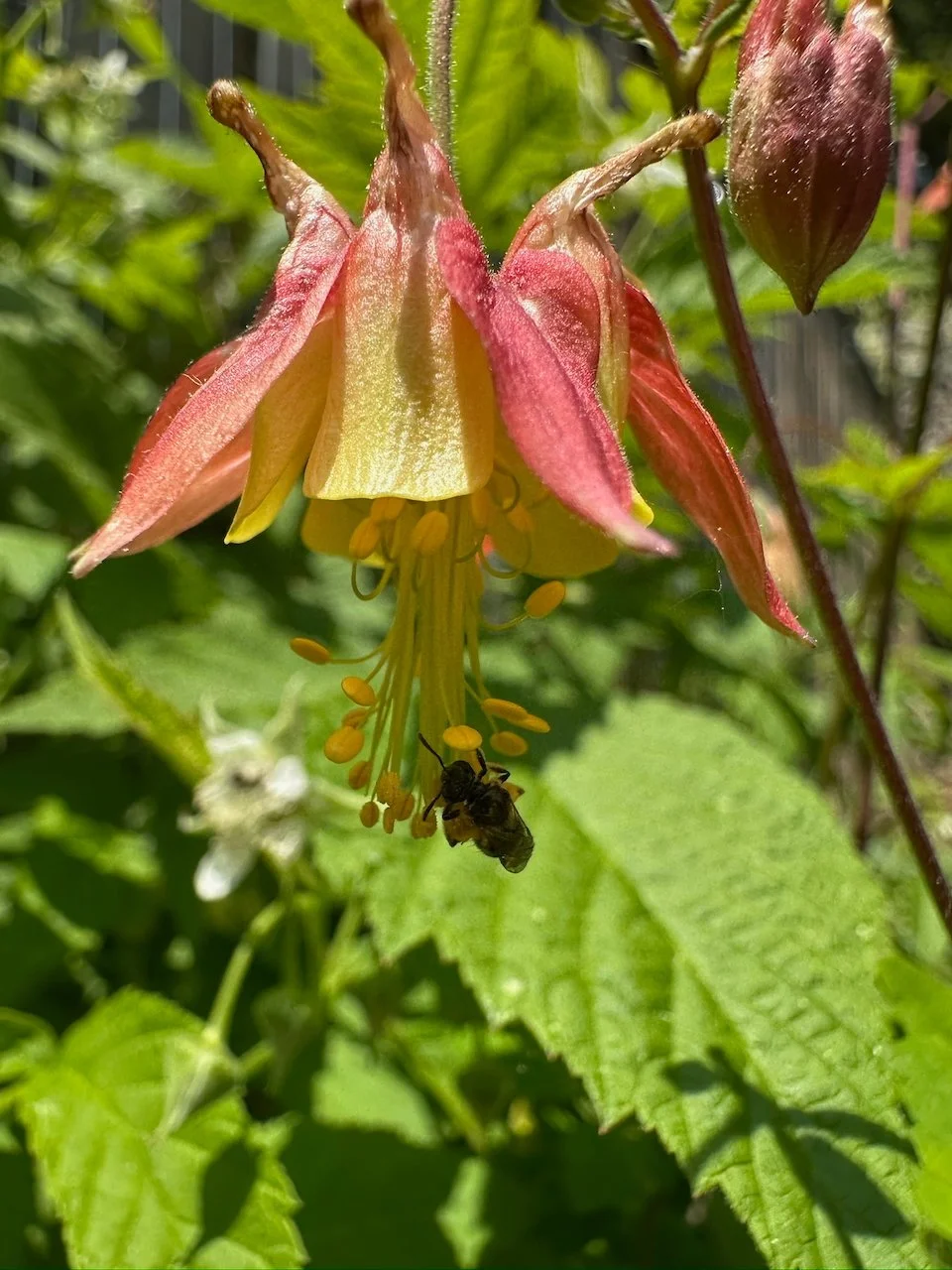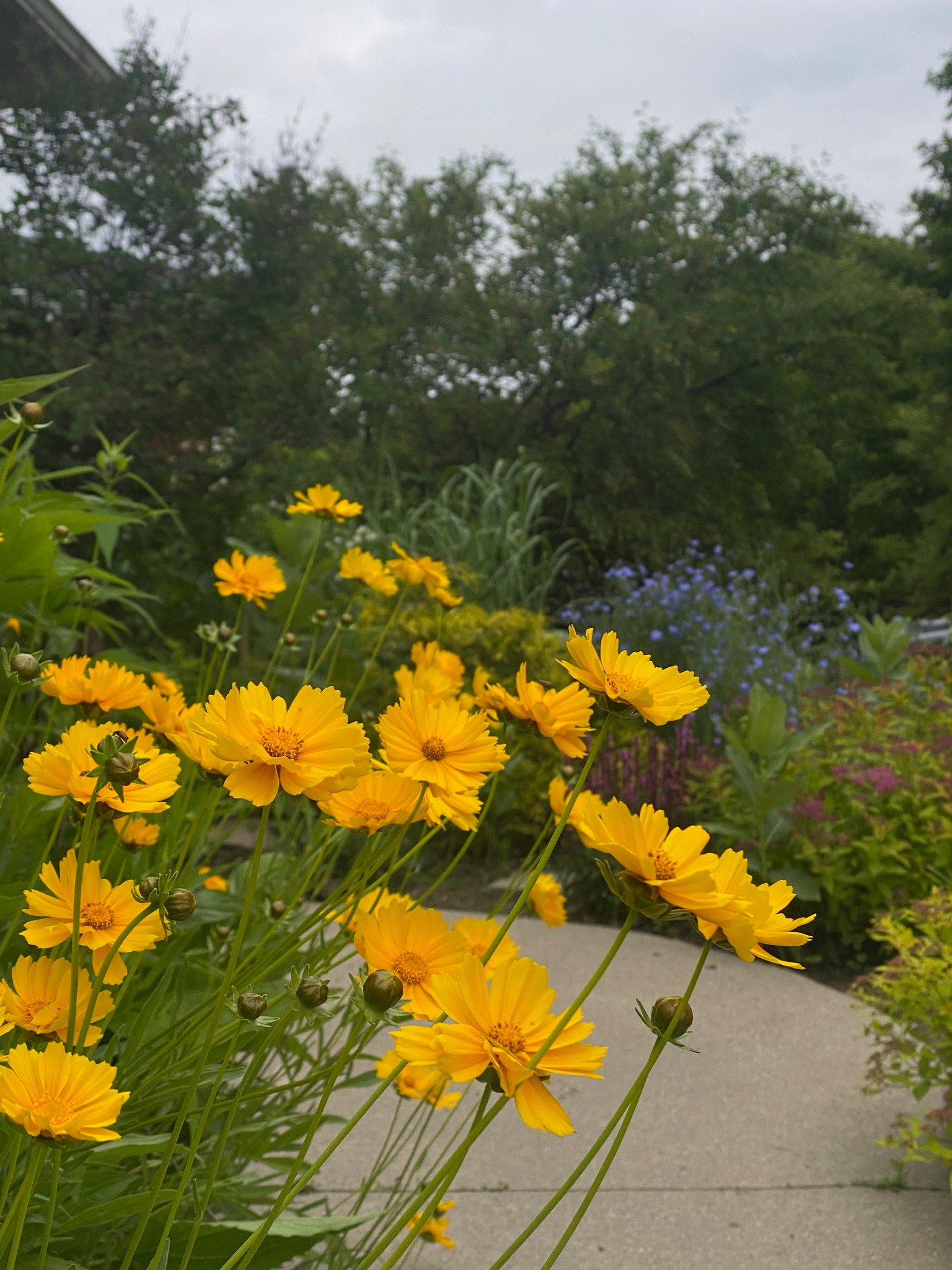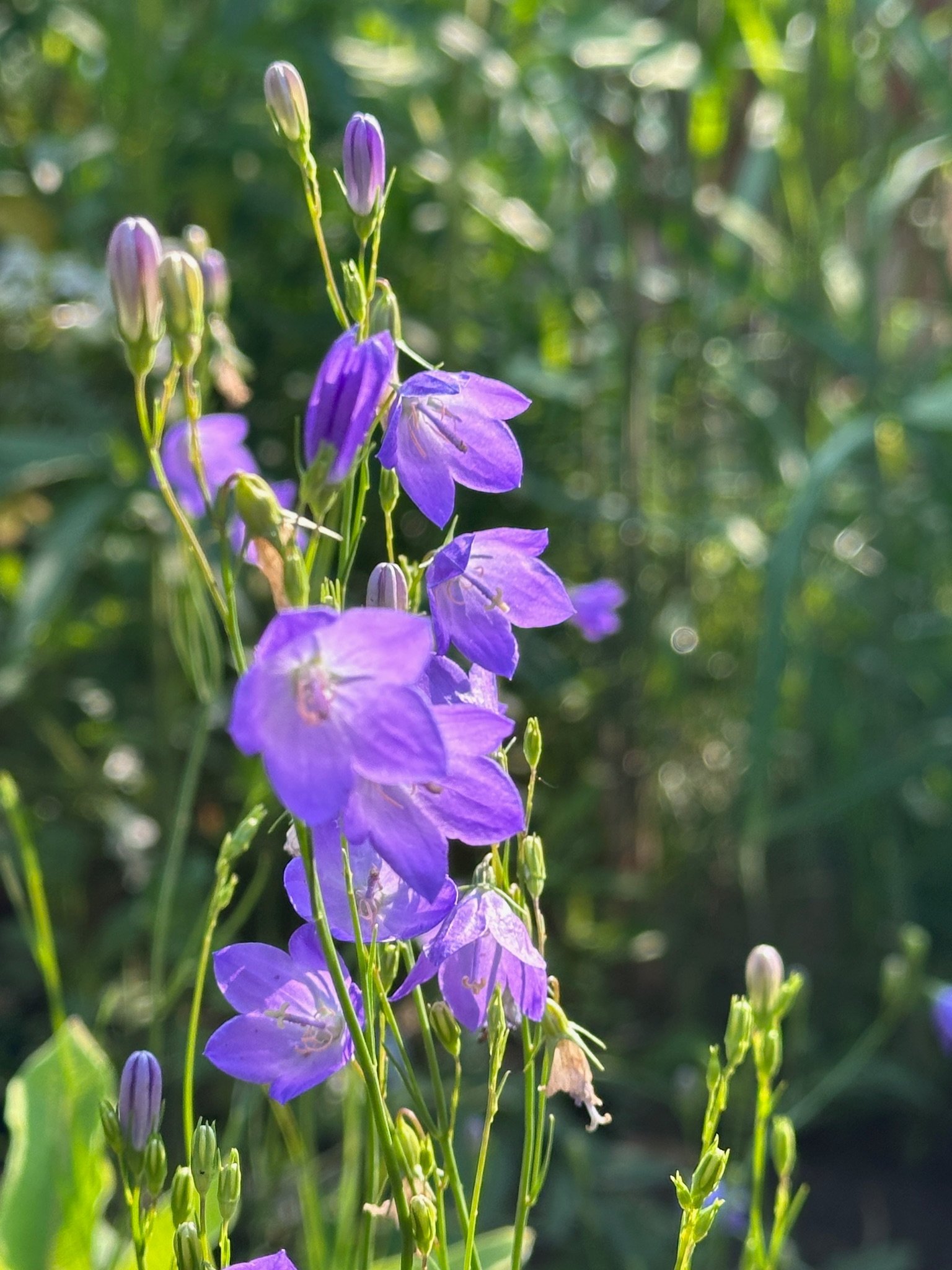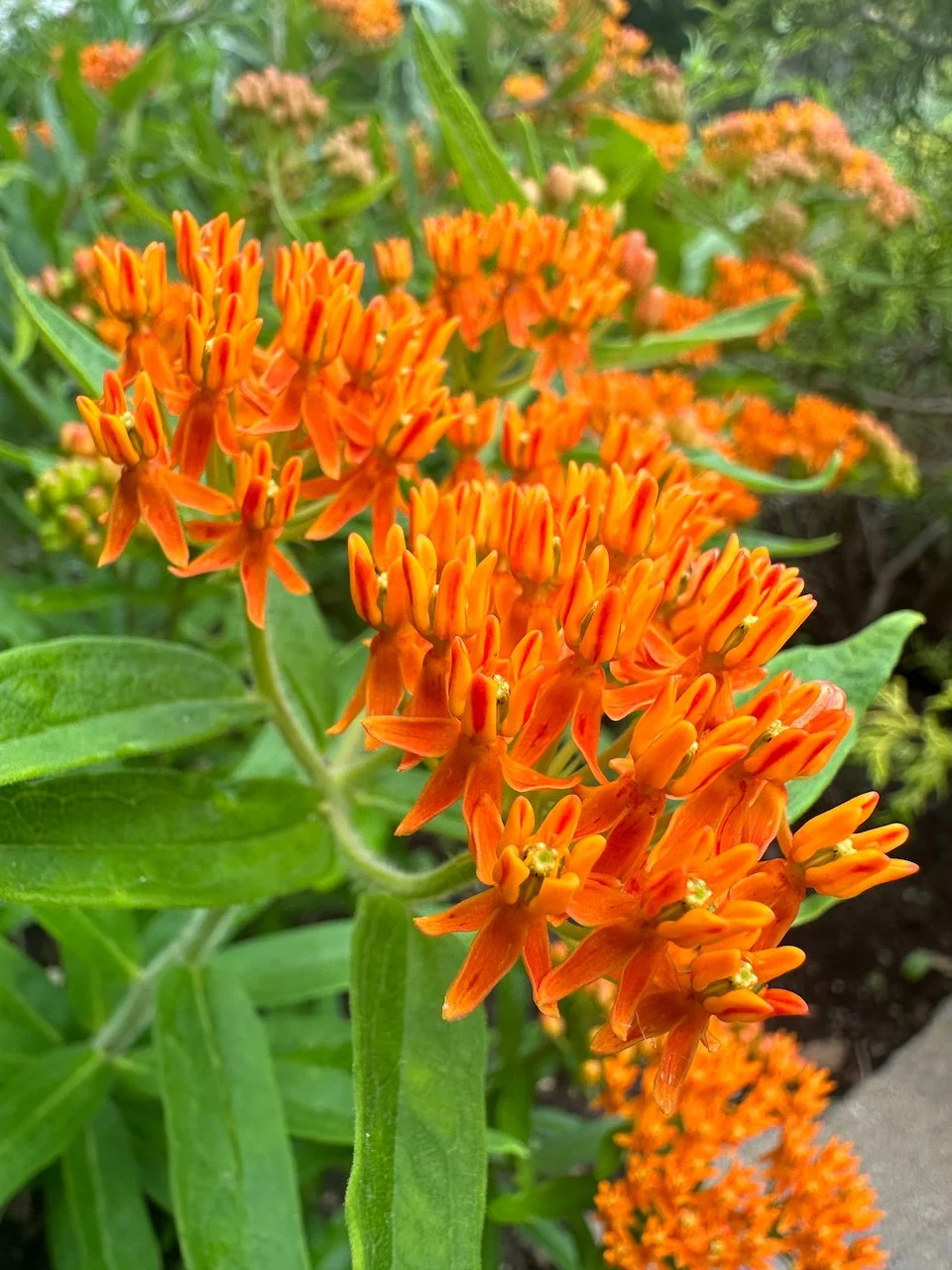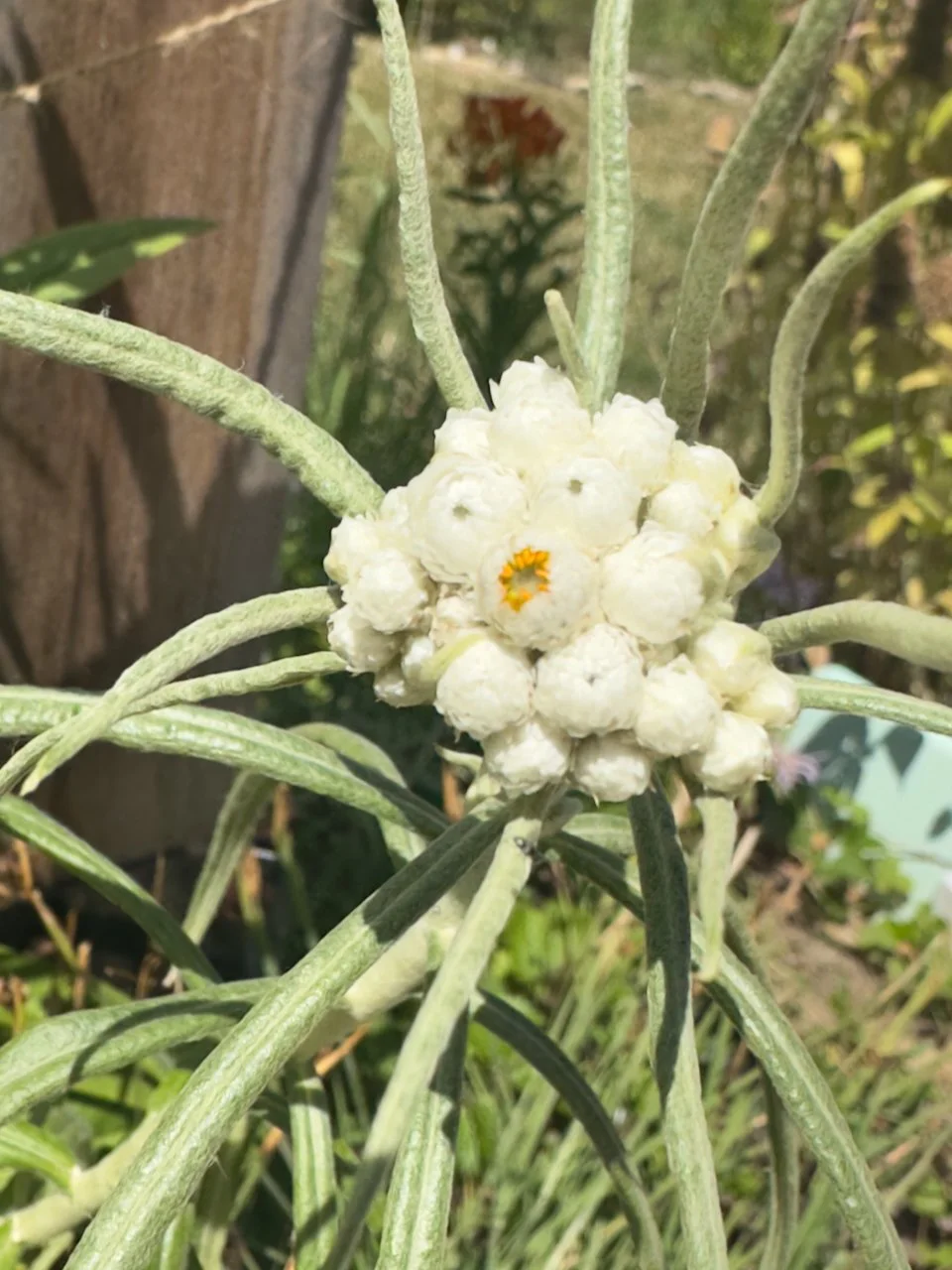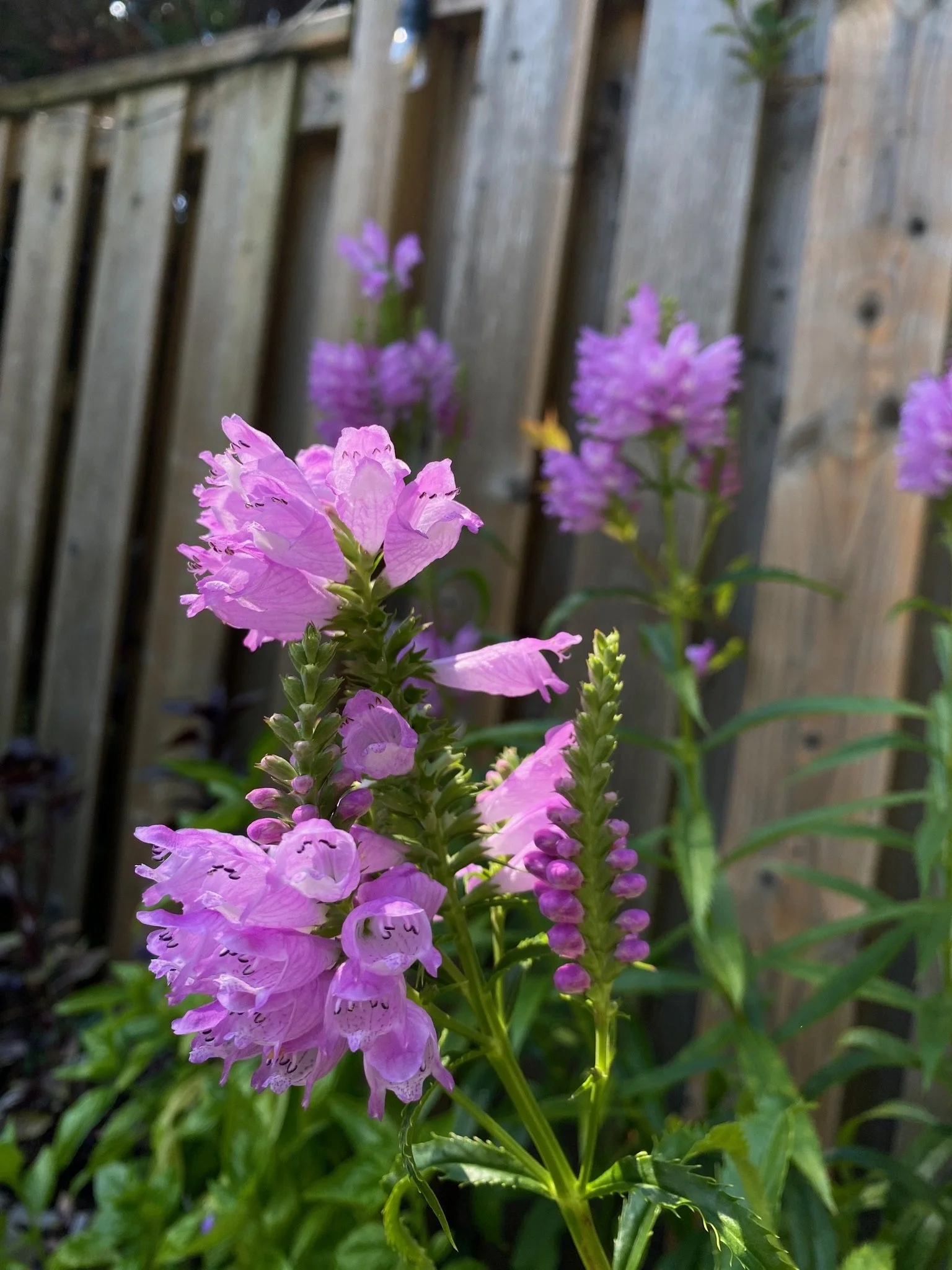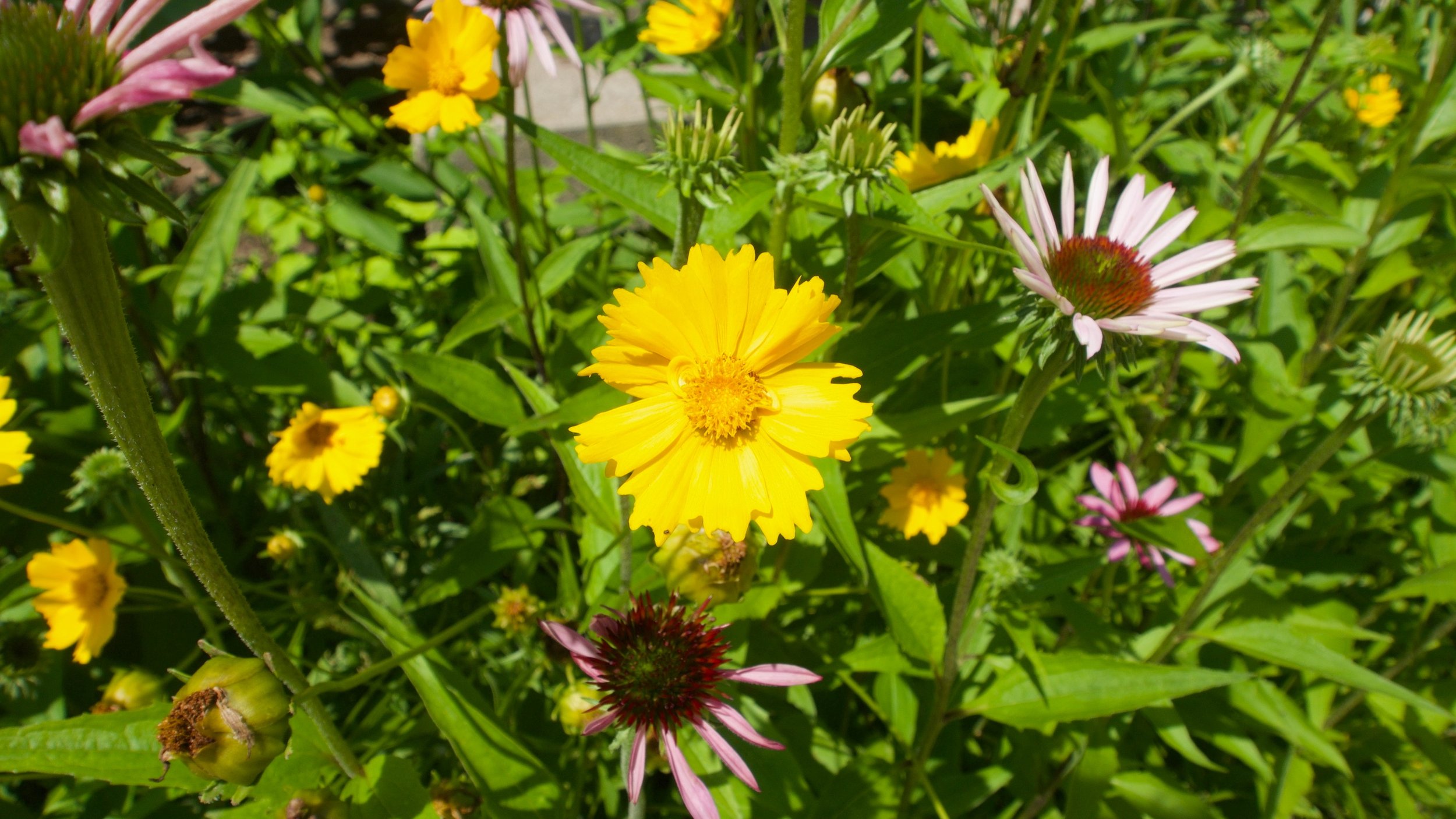
Introducing Native Plants
Native plants often face unfair criticism, with some gardeners dismissing them as weeds without recognizing their true value. In reality, native plants should not be considered weeds. They are an integral part of the local ecosystem. Incorporating native plants into your garden comes with numerous benefits: they are beautiful, low-maintenance, eco-friendly, well-suited to the environment, and attract native pollinators. These qualities make native plants a fantastic addition to any garden.
If you are interested in learning more about all the benefits native plants have to offer, you can read more here Why go Native.
Let’s dive right in to the fantastic world of native plants. We will introduce you to many different native plants and discuss their unique characteristics, the benefits they bring, and how they can transform your garden. Whether you’re a seasoned gardener or just beginning to explore native gardening, we hope this inspires you to appreciate and incorporate these incredible plants into your own space. Keep an eye out as we’ll be introducing and discussing new plants on a regular basis.
Early Saxifrage (Micranthes virginiensis): A Dainty Beauty with a Strong Spirit
As winter loosens its grip and the world begins to stir, I emerge, delicate yet determined. My white blooms, small but mighty, stretch toward the warming sunlight, a quiet declaration that spring has arrived. You may find me nestled in rocky slopes, dry woods, and rugged terrain, places where few others dare to grow. I thrive where challenges exist, proving that beauty can flourish even in the harshest of environments.
I’m Bloodroot, or as some call me, Sanguinaria canadensis. I’m a proud native of North America, and I bring a little mystery to the woodland floor with my unique charm. In early spring, I’m one of the first flowers to bloom, unfurling my delicate, white petals to greet the season.
Hello there! Allow me to introduce myself, I'm Spicebush (Lindera benzoin), a shrub that brings a burst of beauty (and fragrance!) to Ontario’s shaded forests. You may not notice me at first, but once I bloom in early spring, I make quite the entrance!
Hello there, garden enthusiasts! I’m Virginia Bluebell (Mertensia virginica), the dazzling little wildflower that loves to brighten shady woodlands with my colour-changing blooms
I may not be the tallest plant in the forest, but I’ve carved out a special place for myself beneath Ontario’s towering trees. My heart-shaped leaves stretch across the ground, forming a lush, green carpet in the shade.
When spring arrives, I unveil my dark purple flowers, tucking them near my base, close to the soil.
I am Prairie Smoke, known to botanists as Geum triflorum, but you might know me by my more whimsical nickname: Old Man’s Whiskers. My name comes from my feathery, wispy seed heads which can look like tendrils of smoke drifting lazily across the breeze… if you squint just right.
Hi there! Despite my name, I am not actually a grass! I proudly belong to the iris family. My slender, grass-like leaves may fool you, but when I bloom, my star-shaped, purplish-blue flowers with a bright yellow eye at the centre make it clear that I’m something special.
Delighted to meet you! I’m the Wild Geranium, also known as Geranium maculatum. With my soft lavender-pink blooms, I bring a touch of elegance to the woodlands, blossoming from early spring through early summer.
Hello there, I’m the Foxglove Beardtongue, also known as Penstemon digitalis. I’m native to North America, and I flourish in sunny meadows, prairies, and open woodlands. My name comes from my resemblance to foxgloves and the hairy “tongue” inside my flowers
The Life of a Resilient Beauty
Hi! I am Wild Columbine (Aquilegia canadensis), a native gem that graces forests, meadows, and gardens with my striking presence. Let me tell you a little about myself, after all, who better to share my story than me?
Hi! I’m Lanceleaf Coreopsis (Coreopsis lanceolata), a cheery native flower from Ontario, dressed in radiant yellow. I thrive in prairies and meadows, effortlessly growing in poor, rocky soils. All I ask for is a bit of sunlight and I’ll flourish, droughts don’t bother me one bit!
Hi there! I’m the American Harebell (Campanula rotundifolia), a charming native known for my bell-shaped purple flowers. You might recognize me as the well-behaved cousin of the Creeping Bellflower, who’s a bit of a rebel in our family and notoriously untamed.
Hello there, gardener. I’m that bold burst of orange you’ve likely seen glowing along Ontario roadsides and meadows come early summer. Upright, eye-catching, and proud, but never one to cause a fuss.
I might not be the flashiest plant in the garden, but give me a moment and I’ll earn my place. I’m Yellow Pimpernel, or Taenidia integerrima if you prefer my full name. I’m part of the carrot family, Apiaceae, though I’m not here to be eaten. Still, crush one of my delicate, divided leaves and you might catch a hint of celery. It’s my own little signature.
You’ve probably seen me growing along sunny roadsides or in dry, open fields. I’m Pearly Everlasting, my official name is Anaphalis margaritacea, but that’s a mouthful. I’ve got silvery leaves, small white blooms with soft yellow centres, and I stick around long after summer ends. While other flowers fade, I stay standing, holding my shape and colour into fall.
Hi there, I’m a Serviceberry (Amelanchier canadensis), but my friends call me a show-off. You might not notice me at first glance. I’m not flashy like a tulip or dramatic like a maple. But stick around, because when spring hits, I bloom like nobody's business.
Hello there! I’m the Obedient Plant, Physostegia virginiana—a proud North American native and a member of the mint family, Lamiaceae.
My formal name is Solidago canadensis, but most people just call me Goldenrod. You can often spot my bright yellow flowers lighting up fields and roadsides, especially when summer starts to wind down.


